Have you ever asked yourself, “I can’t remember if this is phonemic awareness or is it phonics?” Or maybe you were like me and the way you differentiated between the two is the saying you can teaching phonemic awareness in the dark. Then you get even more confused when phonological awareness is added to the mix. Let’s break each of them down, so we not only know what they are, but how they are taught in our classroom.
What is Phonological Awareness?
Phonological Awareness is the ability to identify and work with parts of sentences and words that we hear. It is based on speech and not print. It involves working with rhyming words, knowing how many words are in a sentence, segmenting a word down into syllables and onset and rime. It also includes being able to blend a word when given syllables or onset and rime. Phonological Awareness is a broad term so phonemic awareness also is part of it.
Why It Matters?
This is the starting point to get to individual sounds. We first need to be able to take the speech we hear as sentences and words before we can break apart words into individual sounds. Phonological awareness starts the process of being able to hear our language, hear connections across words and sentences and start to learn words are made out of different parts.
How to Teach It?
It is best taught through explicit instruction followed with much review and independent practice. This means setting a goal, modeling it, guiding students to practice it and offer as much feedback as needed. It is also important to follow a progression of skills that increase in difficulty.
Example would be being aware of words vs. sentences, hearing rhyming words and alliteration, syllable awareness, blending and segmenting with onset and rime.
Phonological awareness is something to continually review even through first grade and up. Make it fun and engaging by adding in movement and sensory opportunities.

What is Phonemic Awareness?
Phonemic Awareness is actually a part of phonological awareness. It is the part that focuses on the individual sounds within a word. This includes changing, manipulating, deleting, isolating, adding and thinking about individual phonemes/sounds. All of these are done with speech and do not involve any print.
Another term for it is phoneme awareness. Remembering this helps us remember that phonemic awareness works at the phoneme level.
Why It Matters?
Being aware of the individual phonemes within a word is how students can build onto phonics and into mapping out (decoding words). Without this awareness, students can struggling with spelling and decoding. Those who have strong phonemic awareness skills can grow into strong readers and spellers.
We also have many words in our language that differ by one phoneme. Being able to hear that difference and understand that difference also helps with differentiating the meaning of words.
How to Teach It?
Explicitly and with much practice. The thing is you have to build on each skill within phonemic awareness. You can’t just start having students delete sounds from a word.
Need to start with:
Isolating the sounds – start with beginning sounds, then final sounds, then medial sounds
Matching the sounds- start with beginning sounds, then final sounds, then medial sounds
Blending Phonemes by you giving students the sounds and they blend them together
Segmenting Phonemes by you giving the word and students say each sound they hear
Substituting Phonemes- start with beginning sounds, final sounds and then medial sounds
Deleting Phonemes by giving instructions of what sound to remove
Adding & Changing Phonemes to make a new word

What is Phonics?
Phonics is the relationship between sounds and the letters that represent those sounds. Simply put it is the sound-symbol relationship. Phonics is how we take our speech and turn it into print.
Why It Matters?
Phonics is why we are able to have a written language. It is how we can communicate through writing and books.
How to Teach It?
You guessed it explicit instruction is the best approach. This also needs to be a logical scope and sequence which looks different from grade to grade. No matter what it should have skills that build in complexity and build on each other. In general: consonants, short vowels, CVC words, long vowels as just the vowel, digraphs, blends, CVCe words, special consonants (ck, hard and soft c), vowel teams, r-controlled vowels, diphthongs)

What Does It Look Like Putting It Altogether?
It means we spend time focusing on speech at sentences, words, syllable and onset/rime level (Phonological Awareness).
It means we spend time focusing on speech at the individual phoneme level (Phonemic Awareness).
It means we spend time focusing on turning our speech into print and vice versa our print into speech whether at a grapheme, word or even a whole book. (Phonics)
Take a look at how it looks applying each to one word- FIN.
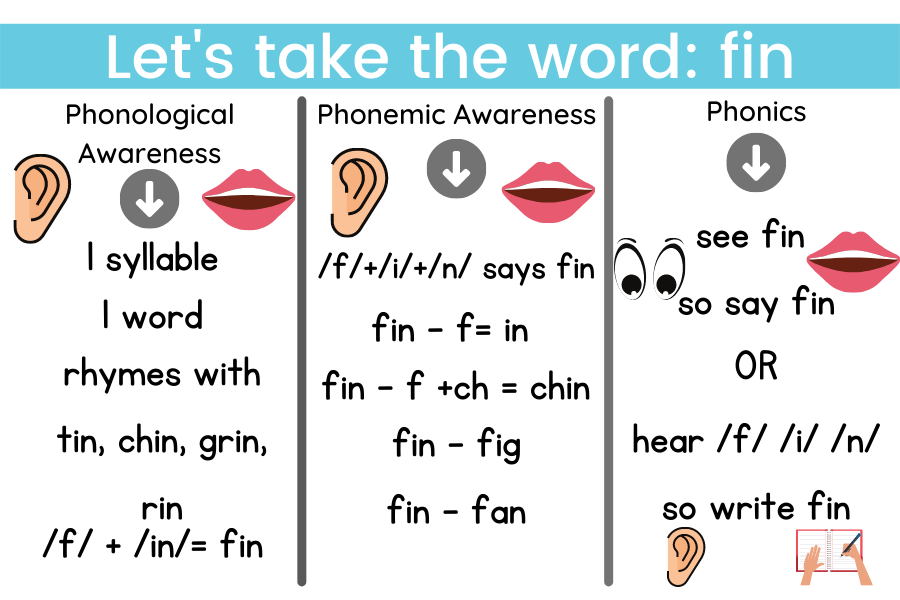
Other Great Resources:
Reading Rockets- Phonological Skills
Reading Rockets- Phonological Awareness & Phonemic Awareness

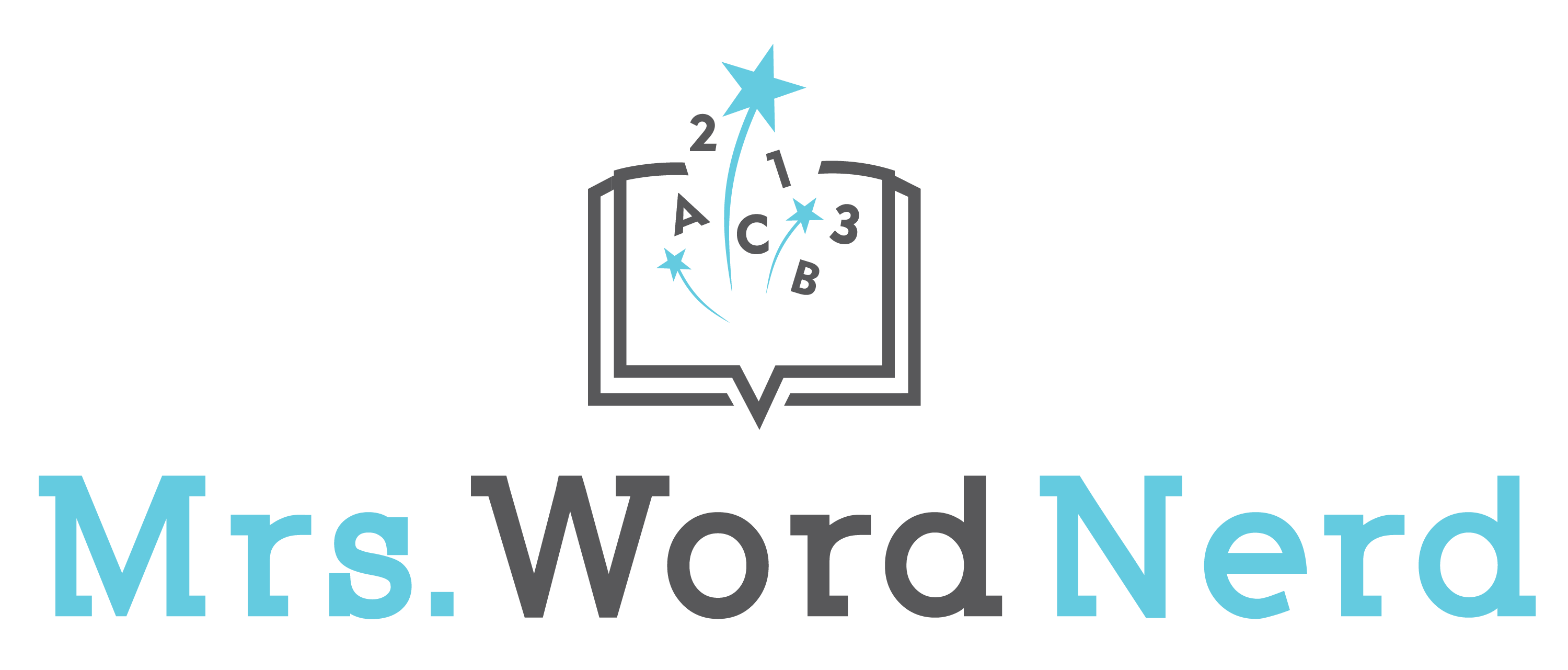

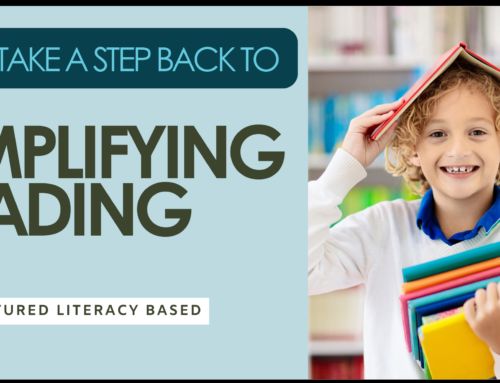

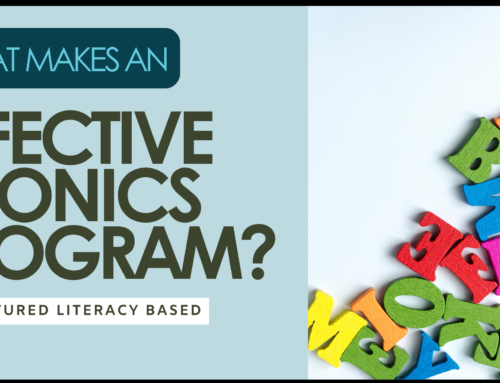
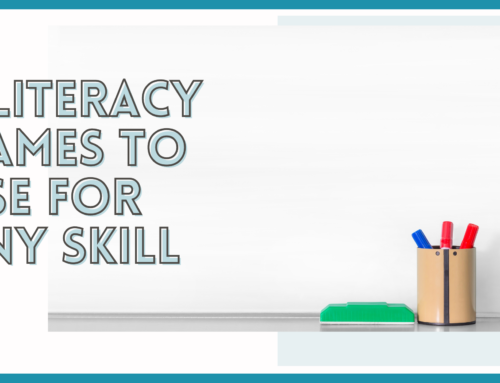
Leave A Comment